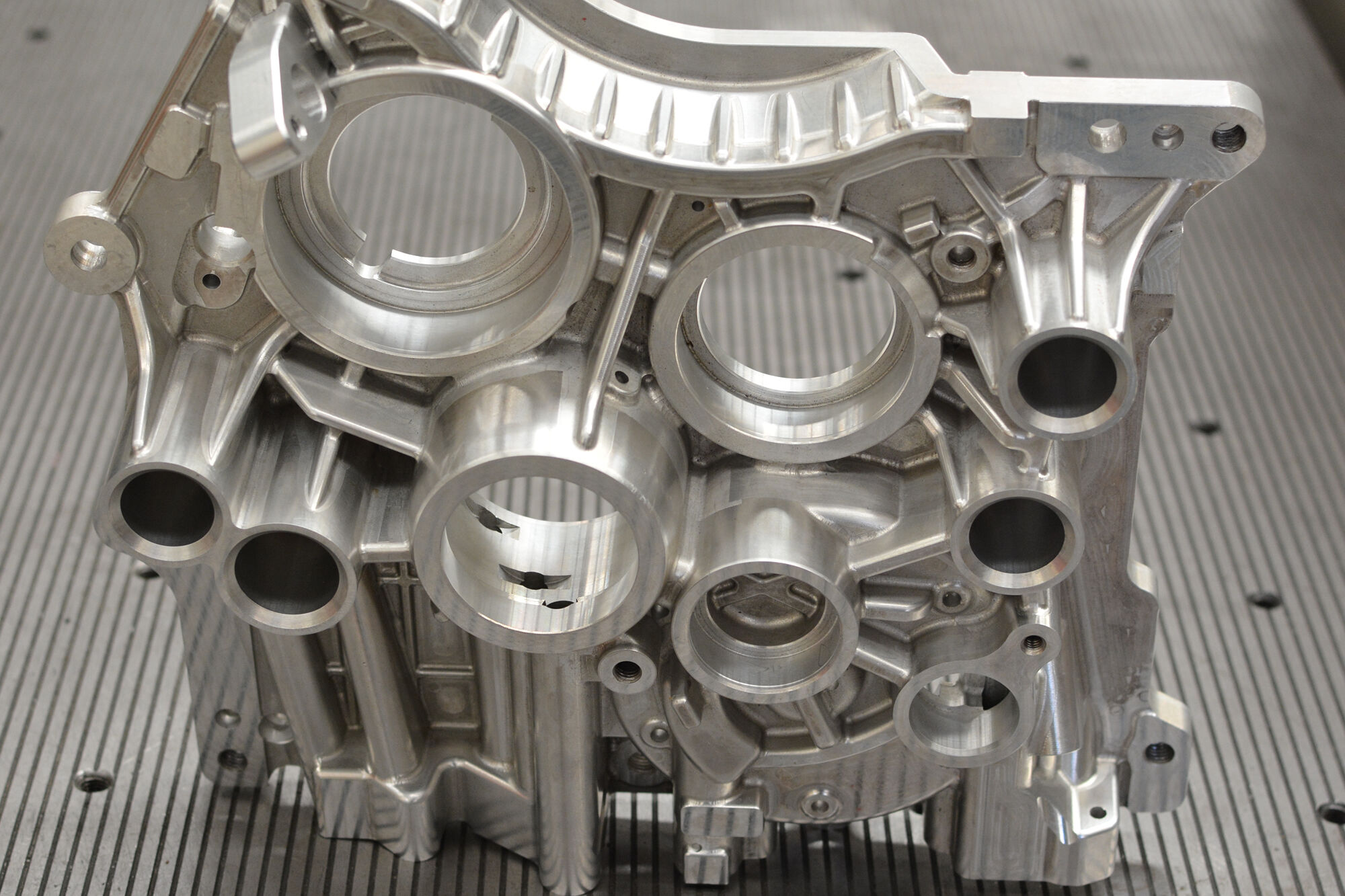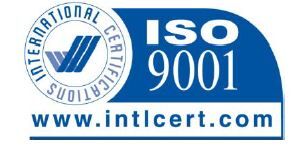
What to Look For in a Manufacturer of Complex Precision Tools
Translating the tight tolerance values inherent to high-end engineering specifications takes a level of machine tooling that exceeds manual labor capabilities. The requirements of the automotive industry, aerospace sector, manufacturing and mining operations, call for a consistency of production that must be replicated time-after-time with near impossible margins of error only viable under computer management and the application of standalone tooling as operated by highly trained professionals.
Standing out on a global stage of engineering means satisfying a grueling list of customer specifications, achieving consistent results that reach down to a near microscopic scale. From milling to turning, grooving to pressing, the mindset of a tooling facility has to balance workflow and timely results against precision and the introduction of technology implemented with the express intent of maintaining an engineering edge over competing agencies. Look for a company strategy focused on precision engineering through the application of tooling that truly pushes the envelope of possible tolerance margins. Define the dimensions and parameters in a particular project, assessing the manufacturing techniques used in the past, comparing those factors to what's available today. Distill those project requirements into an engineering study and compare them to the company portfolio of a potential tooling company. The goal is to match this production strategy with a shortlist of manufacturers.
Initial factors set down in ink or computer pixels recruit manual drafting and CAD software to bring a tooling project to fruition, but it's the introduction of this computer aided design component that has accelerated project completion, delivering tools as exactingly detailed by a customer. The science of measurement, metrology, combines with professionally configured three dimensional representations of the tool. This software component is merely the space in which the product is envisioned, but an efficient translation of the virtual tool into a real product is accomplished by the employment of machining capable of simultaneously working on multiple axis variables. This sequential turning and milling process manufactures tools in a highly-controlled manner, quickly realizing the final design.
A qualifying company capable of manufacturing tools to these engineering standards utilizes advanced 3-axis and 5-axis turning machinery, interfacing the operational stages of the machinery directly with the CAD software to increase efficiency and overall workflow, but seek out more than cutting-edge machinery when making that final manufacturing selection. Assess the portfolio of the company as it relates to different industries, to the hostile environment of mining or offshore drilling. Additionally, each tooling company uses a series of manufacturing variables that partner with the accurate instrumentation. These factors account for thermal variations, the heat and humidity deep within a mine, for instance, offsetting the fractions of micrometers of error introduced by minute environmental changes.
Judge the merits of a tooling company based on ability to consistently create tools without error, but assess that same company based on industry requirements, on the industry and locale the tool will fit. Finally, research the commitment of the company maxim to maintain what they produce, their willingness and capacity to repair or replace damaged products.


